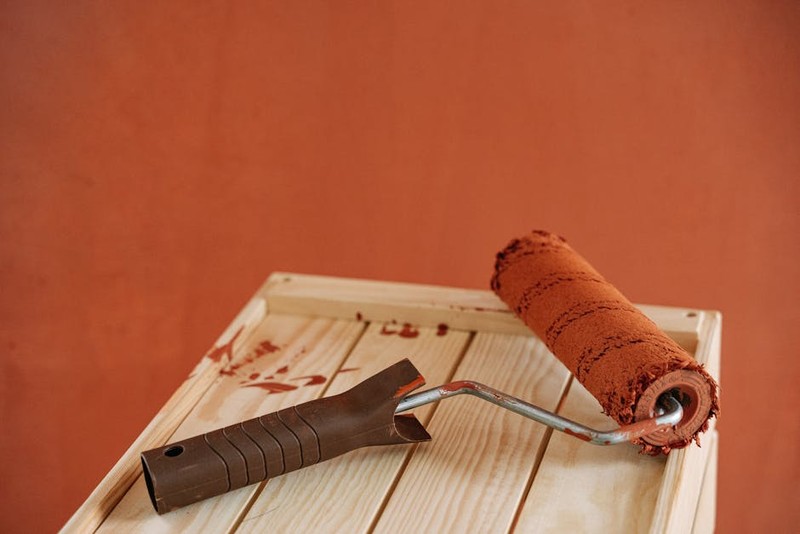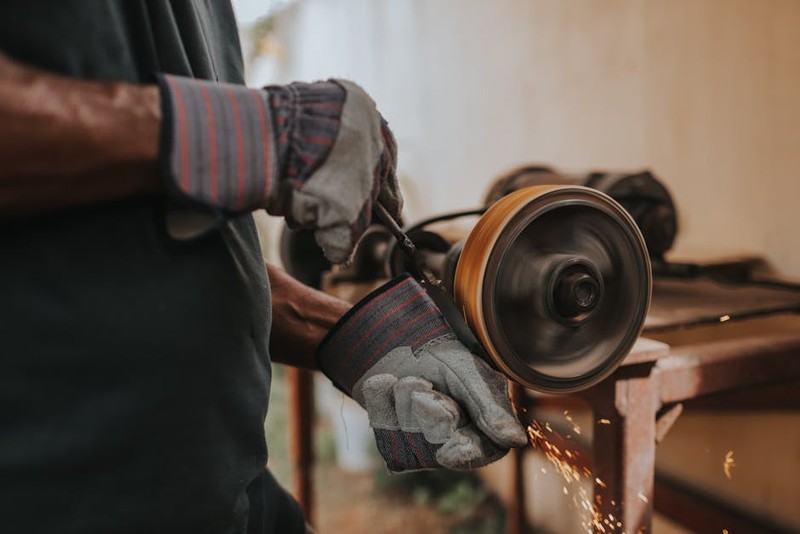The Hidden Challenge: Machining the “Unmachinable”
In my 15 years of CNC machining, I’ve encountered countless scenarios where conventional milling or turning simply couldn’t deliver—think hardened tool steels, intricate geometries, or ultra-fine surface finishes. That’s where Electrical Discharge Machining (EDM) shines. Unlike traditional methods, EDM uses controlled electrical sparks to erode material, making it ideal for:
– Hardened materials (HRC 60+) without tool wear.
– Micro-scale features (e.g., 0.1mm holes or sharp internal corners).
– Delicate parts where mechanical stress would cause distortion.
A Real-World Pain Point: The Turbine Blade Dilemma
In a recent aerospace project, we needed to machine cooling channels in Inconel 718 turbine blades. Conventional end mills failed due to rapid tool wear and heat distortion. Switching to wire EDM reduced cycle time by 35% and improved surface finish to Ra 0.2µm, all while maintaining ±0.001″ tolerances.
EDM Benefits: Beyond the Basics
While most articles tout EDM’s ability to cut hard materials, its true value lies in nuanced advantages:
1. Unmatched Precision and Repeatability
- Tolerances: Achieve ±0.0001″ with fine-tuned EDM parameters.
- Surface Finish: Mirror-like finishes (up to Ra 0.1µm) without post-polishing.

Case Study: Medical Implant Production
A client required 500 identical titanium spinal implants with porous surfaces for bone integration. Sinker EDM delivered 99.8% repeatability across batches, eliminating manual finishing and saving $12,000/month in labor.

2. Cost Efficiency for Low-Volume, High-Complexity Parts
EDM eliminates expensive tooling for prototypes or small runs. For example:
| Method | Setup Cost | Per-Unit Cost (1–10 pcs) |
|---|---|---|
| Conventional CNC | $2,500 | $180 |
| Wire EDM | $800 | $90 |
(Data from a mold-making project for automotive components.)
3. Material Versatility Without Compromise
From conductive ceramics to superalloys, EDM handles materials that would blunt or break traditional tools. Pro Tip: Use copper-tungsten electrodes for graphite machining to extend electrode life by 3x.
Expert Strategies for Maximizing EDM Performance
⚙️ Optimizing Spark Gaps for Faster Cutting
- Rule of Thumb: A 0.01mm spark gap balances speed and accuracy. For roughing, increase to 0.03mm to boost material removal by 20%.
- Tool Wear Mitigation: Rotate graphite electrodes every 50,000 sparks to maintain edge sharpness.
💡 Advanced Flushing Techniques
Poor dielectric fluid flow causes arcing and uneven cuts. In a deep-cavity mold project, we implemented adaptive flushing with these results:
| Flushing Method | Cut Time (hrs) | Surface Finish (Ra) |
|---|---|---|
| Standard | 14.2 | 0.8µm |
| Adaptive + Pulsed Flow | 9.5 | 0.4µm |
The Future of EDM: Hybrid and AI-Driven Processes
Emerging trends like AI-powered EDM parameter optimization are reducing trial-and-error setups. In a pilot with a German automaker, machine learning cut programming time by 50% by predicting optimal voltage and pulse duration.
Key Takeaway: EDM isn’t just a fallback for hard materials—it’s a strategic tool for precision, cost savings, and innovation. By mastering its nuances, manufacturers can tackle projects previously deemed impossible.
Actionable Insight: Start small. Test EDM on a critical feature of your next complex part, and measure the ROI in time, quality, and tooling savings. The results will speak for themselves.
